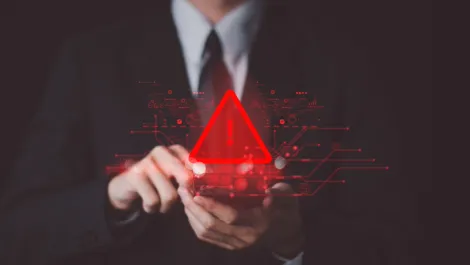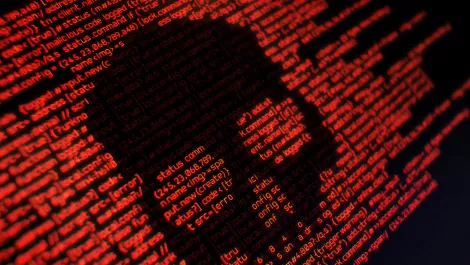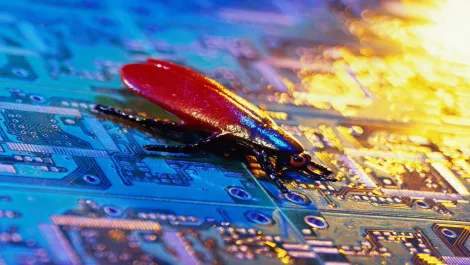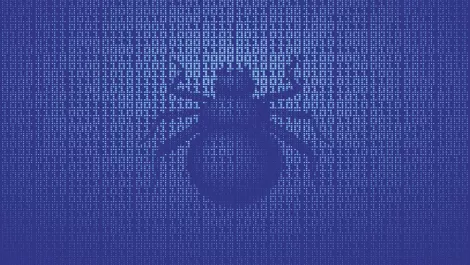Fileless malware stories

Trend Micro partners with Intel for enhanced malware defence
Wed, 15th Jan 2025
#
data protection
#
ransomware
#
endpoint protection
Trend Micro has teamed up with Intel to boost ransomware and fileless malware detection, leveraging Intel Threat Detection Technology for enhanced security.

Gen reveals 24% rise in ransomware attacks on consumers
Tue, 17th Sep 2024
#
email security
#
genai
#
ai
Threat report shows that within the consumer threat landscape, a popular delivery technique is hiding ransomware payload in pirated content.

Acronis leverages Intel Detection Technology to defend against fileless attacks
Fri, 24th Mar 2023
#
malware
#
data protection
#
cybersecurity
Acronis has announced the enhancement of its security defence against advanced fileless attacks using Intel Threat Detection Technology (Intel TDT).
.webp)
How to protect against the growing fileless malware threat
Wed, 31st Aug 2022
#
malware
#
ddos
#
data protection
In 2017 the Ponemon Institute reported that fileless attacks are ten times more successful than file-based attacks.

Video: 10 Minute IT Jams - An update from WatchGuard Technologies
Tue, 12th Oct 2021
#
malware
#
firewalls
#
network infrastructure
WatchGuard Technologies is a cybersecurity company specialising in endpoint security, secure Wi-Fi, multi-factor authentication, and network intelligence.

Sophos develops detection capabilities to thwart in-memory cyber threats
Fri, 21st May 2021
#
malware
#
firewalls
#
network infrastructure
Fileless malware is a type of covert threat that injects code directly into the memory of a compromised machine, often to avoid detection.

Surge in encrypted malware prompts warning about detection strategies
Mon, 29th Jun 2020
#
firewalls
#
network infrastructure
#
encryption
Massive surge in malware delivery over encrypted connections, with 67% of all malware delivered via HTTPS, says WatchGuard report.

Fileless attacks surge as attackers look to boost ROI
Fri, 30th Aug 2019
#
cybersecurity
#
trend micro
#
fileless malware
Fileless attacks have skyrocketed 265% this year compared to the first half of 2018, and there’s no sign that they will slow down.

Carbon Black releases 2019 global threat report
Mon, 28th Jan 2019
#
healthtech
#
carbon black
#
fileless malware
Carbon Black's 2019 Global Threat Report unveils new cyberattack methods fuelled by rising geopolitical tensions, posing significant risks to global industries.

UK security startup Barac sets sights on America
Tue, 22nd Jan 2019
#
malware
#
encryption
#
cybersecurity
British cybersecurity start-up Barac has opened its first office in Boston and appointed Peter Christou as its first EVP global sales.

WatchGuard’s eight (terrifying) 2019 security predictions
Fri, 16th Nov 2018
#
malware
#
uc
#
firewalls
The next evolution of ransomware, escalating nation-state attacks, biometric hacking, Wi-Fi protocol security, and Die Hard fiction becomes reality.

Exclusive: Fileless malware driving uptake of behavioural analytics
Mon, 12th Nov 2018
#
malware
#
siem
#
ueba
Fileless malware often finds its way into organisations via web browsers (or in combination with other vectors such as infected USB drives).

Fileless malware: Today's unseen threat to businesses
Mon, 25th Jun 2018
#
advanced persistent threat protection
#
cyber threats
#
fileless malware
The number of fileless malware attacks is on the rise, with a survey estimating a 35% increase in 2018. Here's how to protect yourself.

CrowdStrike compiles 'casebook' of cybersecurity's important lessons
Mon, 11th Dec 2017
#
advanced persistent threat protection
#
ai security
#
ai
The casebook found that attack trends towards fileless malware, such as those that execute code from memory, made up 66% of all attacks.

Fileless malware sneaks into Windows machines via USB flash drives
Tue, 5th Sep 2017
#
ndr
#
trend micro
#
usb
A malicious backdoor called BKDR-ANDROM.ETIN is using fileless malware to infect systems through USB flash drives.

Living off the land: How malware is on the verge of becoming fileless
Thu, 20th Jul 2017
#
malware
#
cybersecurity
#
symantec
‘Living off the land’ may at first sound like farms and vegetable patches, but it is quickly gaining a new meaning for cyber attackers and threats.

How to detect and stop a non-malware (or fileless) attack
Wed, 1st Mar 2017
#
malware
#
cybersecurity
#
healthtech
Non-malware attacks, which use existing software for malicious activity, are on the rise and traditional AV software is unable to detect them.